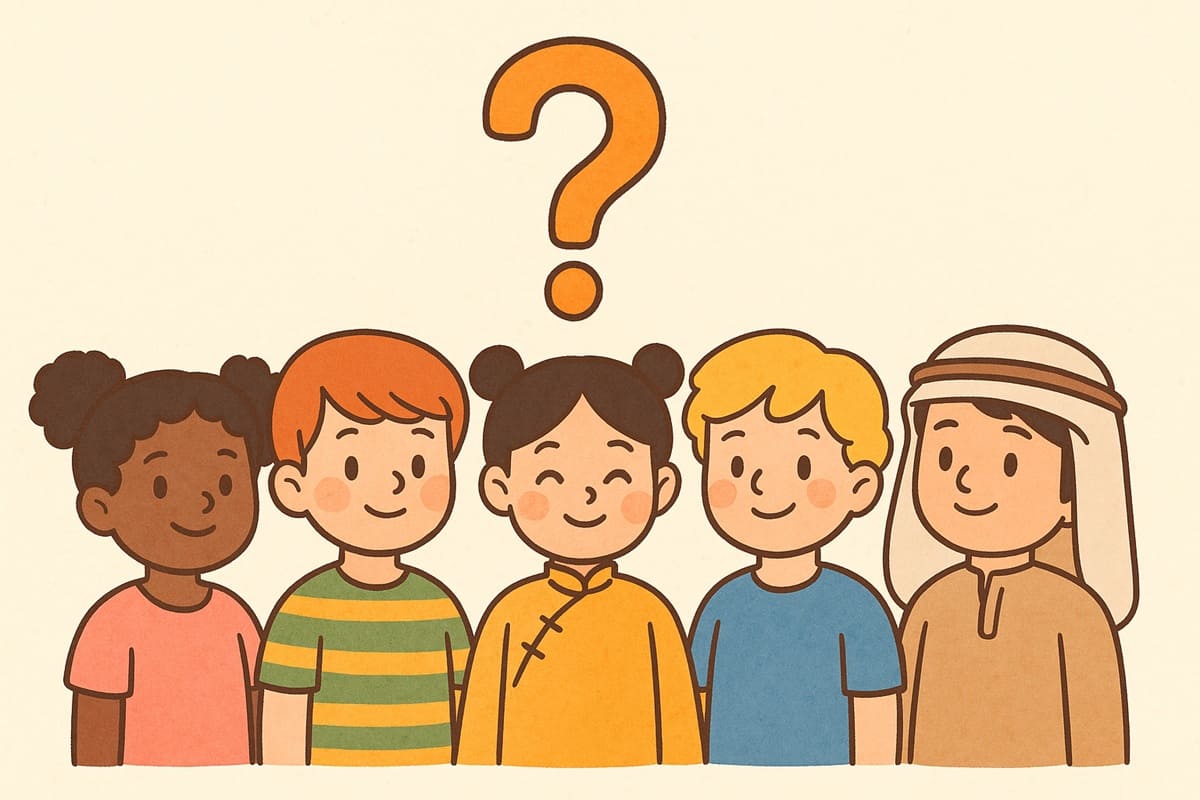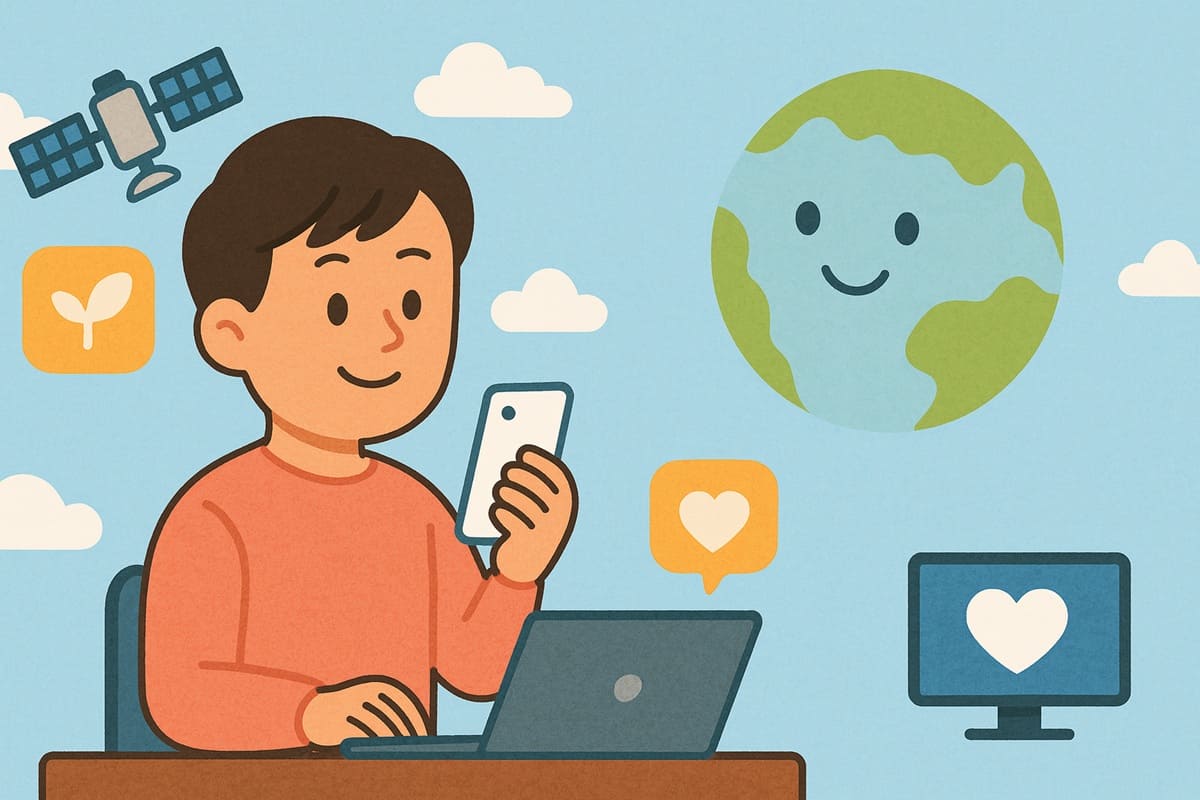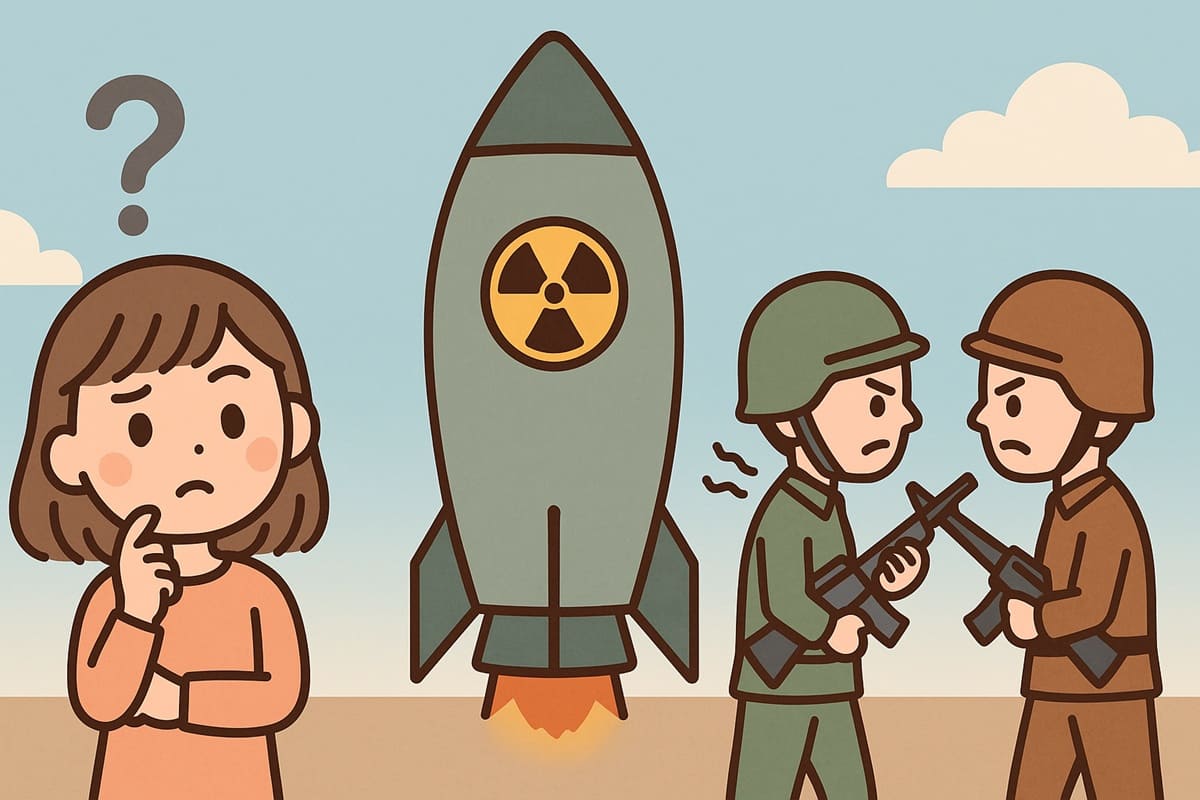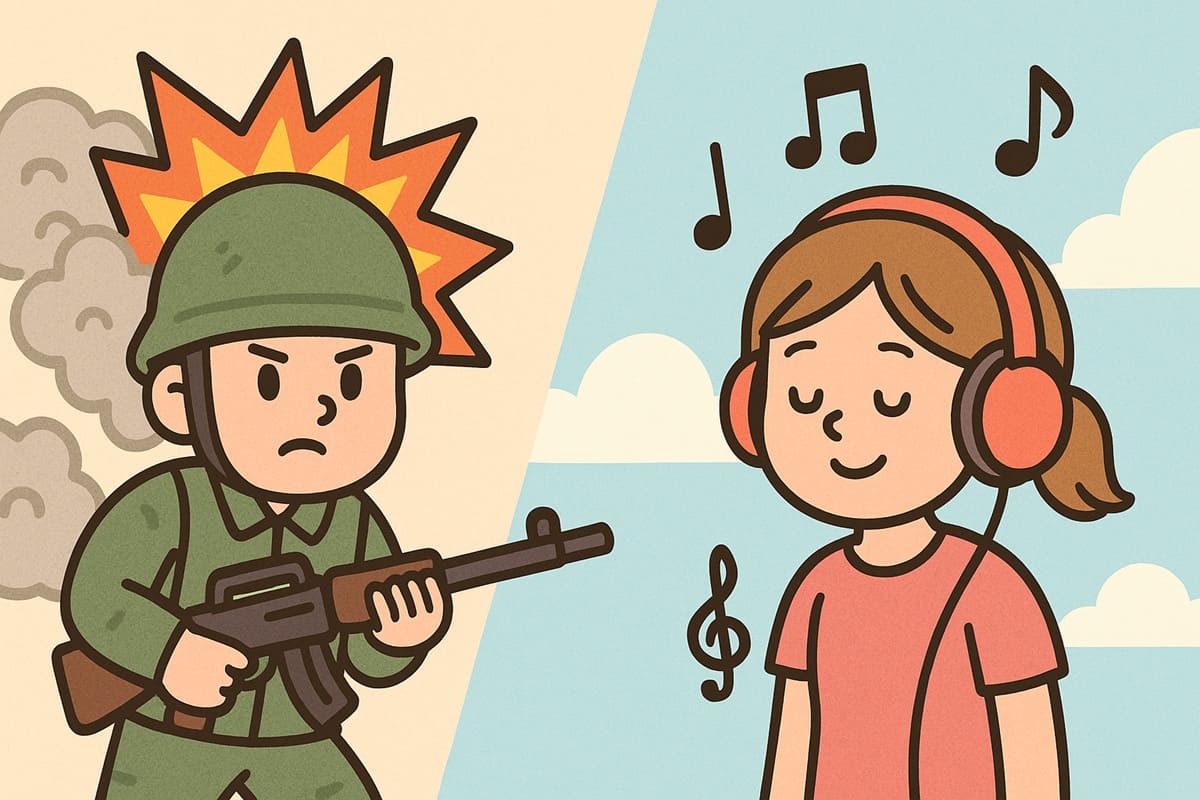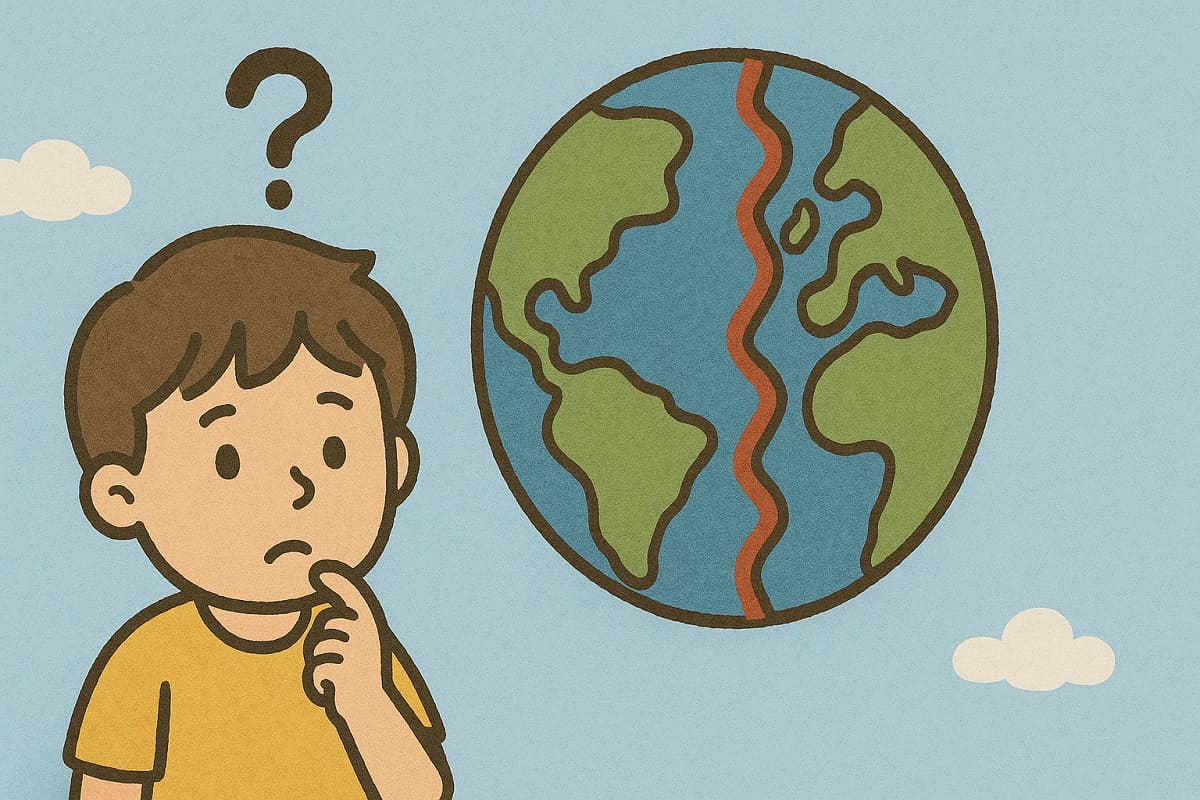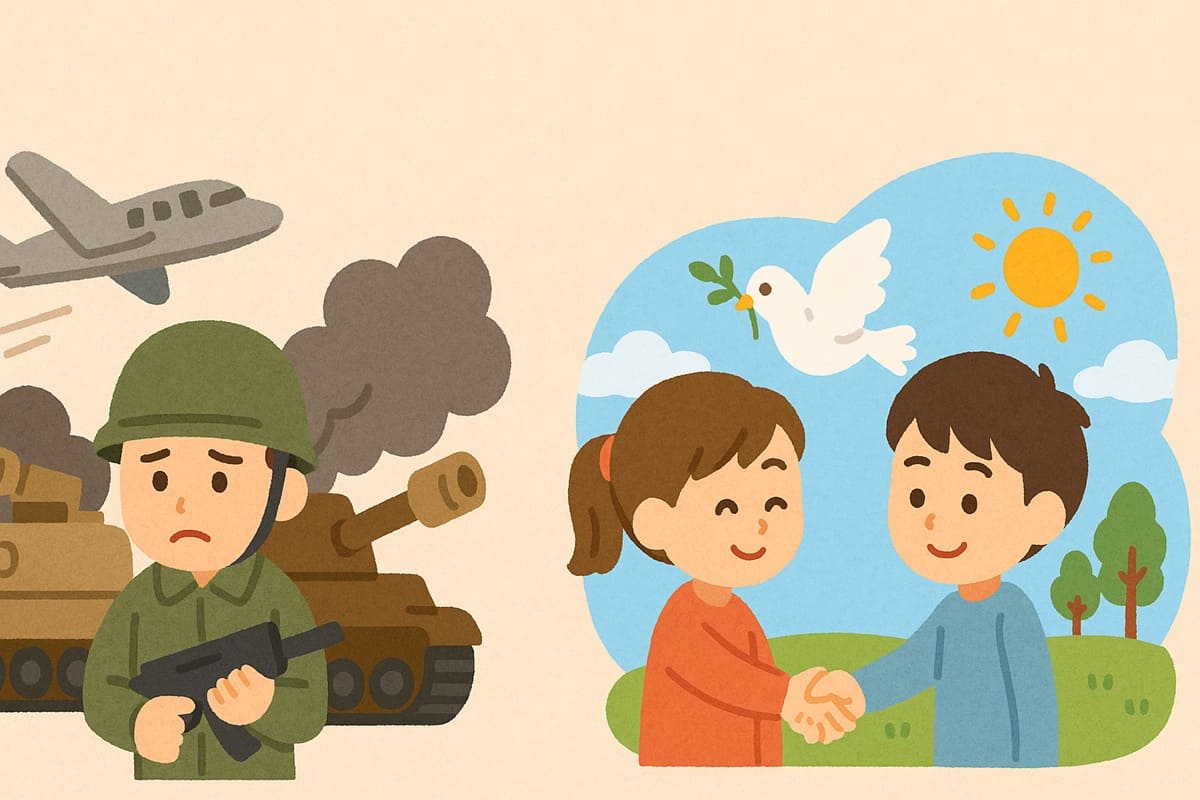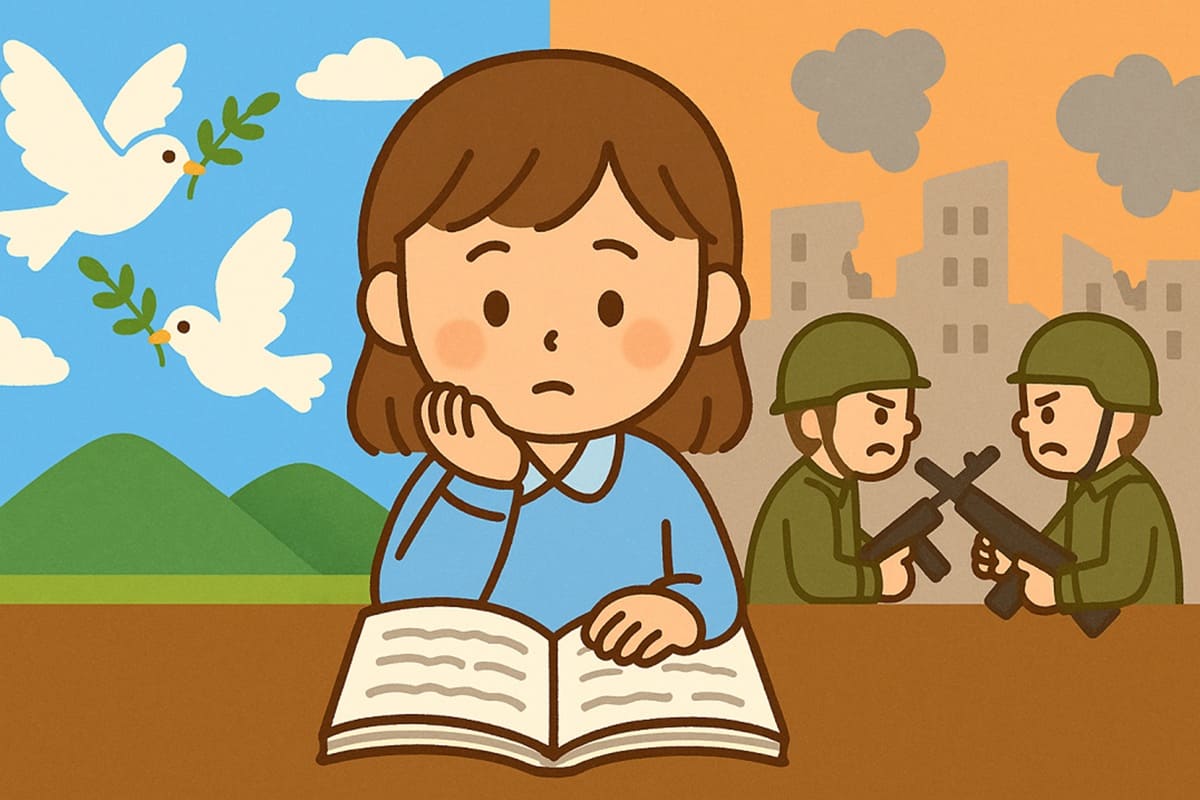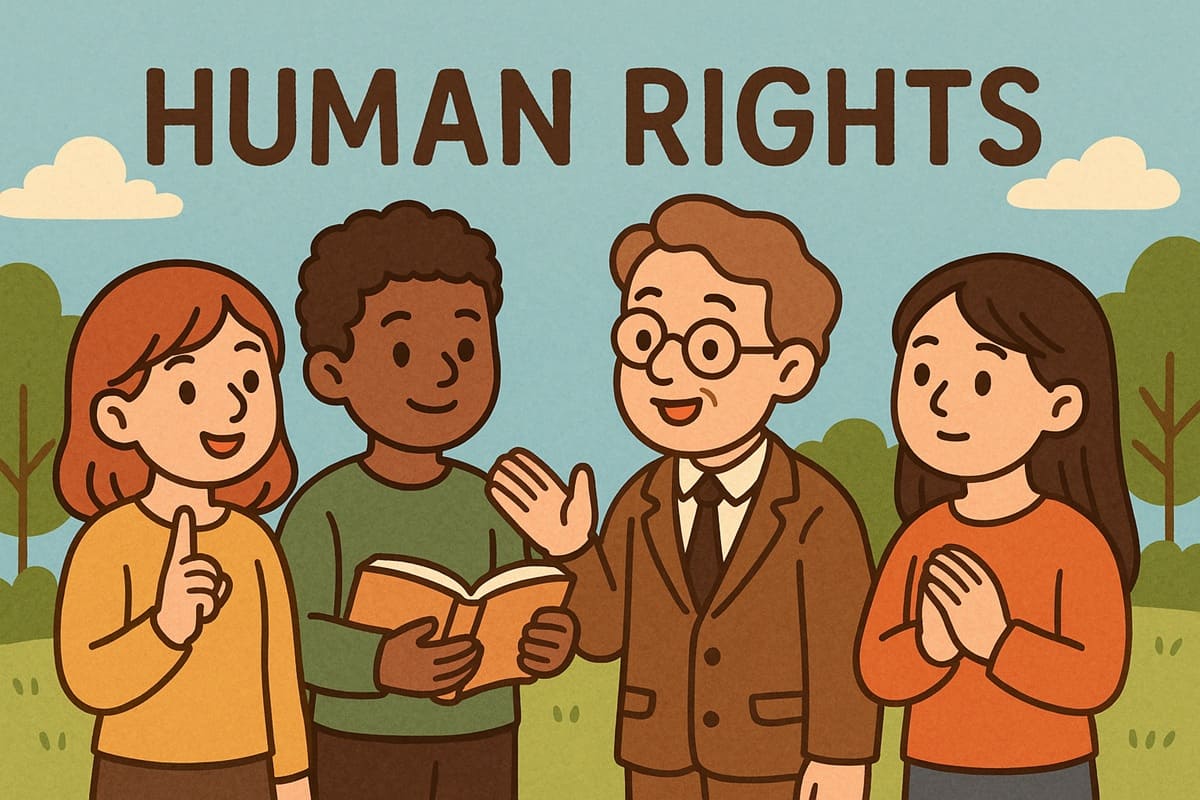Is Happiness Mental or Physical? Learn How to Boost Your Happiness Hormones
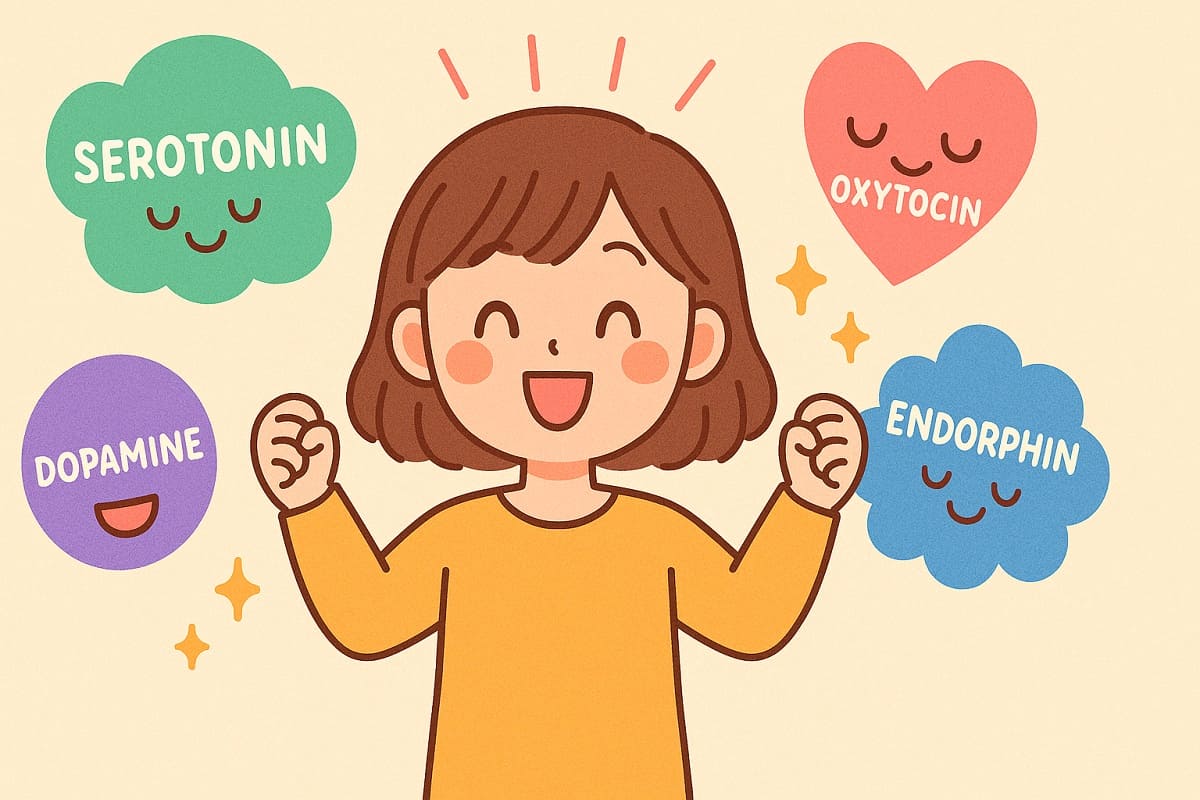
“Happiness is something you feel in your heart.”
Do you think that’s true?
In reality, happiness is a physical reaction created inside the brain.
In this article, we’ll focus on so-called “happiness hormones” and explain in simple terms how understanding them can help us live more positively and energetically.
Is Happiness the Work of Brain Hormones?
When we feel emotions like “fun!” or “joy!”, our brains release certain chemicals.
These are known as happiness hormones, and they affect our feelings, behavior, and even our physical health.
Happiness Is Not Just About Mindset
When you’re feeling down, trying to force yourself to “think positively” doesn’t always work.
That might be because the balance of hormones in your brain is off.
That’s why it’s important to understand how these hormones work and learn how to activate them through your daily habits.
Types and Functions of Happiness Hormones
Here are four major hormones that help us feel happiness.
① Serotonin – The Calming Hormone
- Function: Brings peace of mind and emotional stability
- If lacking: Can lead to anxiety, irritability, and depression
- How to boost it:
- Get sunlight in the morning
- Do rhythmic exercises (walking, yoga, breathing exercises)
- Eat foods with tryptophan (soy products, bananas, eggs)
② Dopamine – The Motivation and Pleasure Hormone
- Function: Responsible for pleasure when achieving goals, motivation, and concentration
- If lacking: Causes low energy, apathy, and poor focus
- How to boost it:
- Set and complete small goals
- Listen to music you enjoy
- Do activities you love (sports, games, reading, etc.)
③ Oxytocin – The Love and Bonding Hormone
- Function: Released when we feel connected to others, strengthens trust and empathy
- If lacking: Leads to stronger feelings of loneliness and anxiety
- How to boost it:
- Physical contact (handshakes, hugs)
- Spend time with pets
- Be kind to others and express gratitude
④ Endorphins – The Pain-Relief Hormone
- Function: Reduces stress and pain, improves mood
- If lacking: Increases sensitivity to stress and pain, makes you more prone to low mood
- How to boost it:
- Do aerobic exercises (running, dancing)
- Laugh (watch funny videos, etc.)
- Experience a sense of accomplishment
Daily Habits to Boost Happiness Hormones
All of these hormones can be naturally increased without special medications, just by making small changes in your everyday life.
Soak Up the Morning Sun!
Serotonin starts releasing with exposure to sunlight.
Just opening the curtains and bathing in morning light resets your body clock and lifts your mood.
Celebrate Small Wins!
In studies or club activities, small successes like “I read one page” or “I memorized three words” stimulate dopamine and boost your motivation.
Value Human Connections
Even just laughing with friends or saying “thank you” to family triggers oxytocin.
Human connection is one of the greatest sources of happiness.
Happiness Isn’t Just a Feeling
Trying too hard to be “positive” when you’re having a tough time can make things worse.
But by caring for your body and increasing happiness hormones through daily habits, your heart can naturally feel lighter.
Happiness is not just a mental state — it’s created by the chemical structure of the brain.
That’s why facing your physical self is also important for your well-being.
Conclusion: Happiness Can Be Created
- Happiness is a chemical reaction in the brain
- By boosting happiness hormones (serotonin, dopamine, oxytocin, endorphins), you can feel more positive
- You can balance these hormones naturally through diet, exercise, and connection with others
When you’re feeling down, try thinking, “Maybe my hormone balance is off.”
Realizing the cause might be physical, not just mental, can make it easier to handle and feel better.
Main References
- Young, S. N. (2007). How to increase serotonin in the human brain without drugs. Journal of Psychiatry & Neuroscience, 32(6), 394–399.
- Panksepp, J. (2005). Affective neuroscience: The foundations of human and animal emotions. Oxford University Press.
- Carter, C. S. (1998). Neuroendocrine perspectives on social attachment and love. Psychoneuroendocrinology, 23(8), 779–818.
- Boecker, H. et al. (2008). The runner’s high: Opioidergic mechanisms in the human brain. Cerebral Cortex, 18(11), 2523–2531.
- Feldman, R. (2012). Oxytocin and social affiliation in humans. Hormones and Behavior, 61(3), 380–391.

